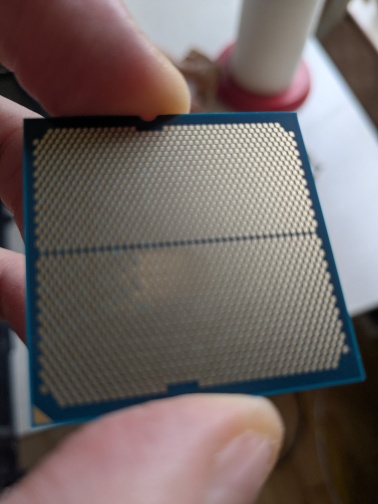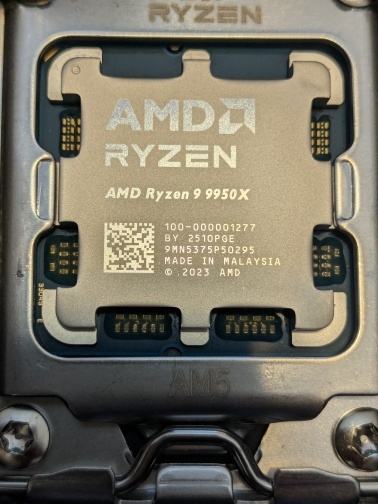That copy is missing the chapters. Here they are:
00:00:00 - The NVIDIA AI GPU Black Market
00:06:06 - WE NEED YOUR HELP
00:07:41 - A BIG ADVENTURE
00:10:10 - Ignored by the US
00:11:46 - BACKGROUND: Why They're Banned
00:16:04 - TIMELINE
00:21:32 - H20 15 Percent Revenue Share with the US
00:26:01 - Calculating BANNED GPUs
00:29:31 - OUR INFORMANTS
00:31:47 - THE SMUGGLING PIPELINE
00:33:39 - PART 1: HONG KONG Demand Drivers
00:43:14 - PART 1: How Do Suppliers Get the GPUs?
00:48:18 - PART 1: GPU Rich and GPU Poor
00:56:19 - PART 1: DATACENTER with Banned GPUs, AMD, Intel
01:06:19 - PART 1: Chinese Military, Huawei GPUs
01:09:48 - PART 1: How China Circumvents the Ban
01:19:30 - PART 1: GPU MARKET in Hong Kong
01:32:39 - WIRING MONEY TO CHINA
01:36:29 - PART 2: CHINA Smuggling Process
01:43:26 - PART 3: SHENZHEN's GPU MIDDLEMEN
01:50:22 - PART 3: AMD and INTEL GPUs Unwanted
01:56:34 - PART 4: THE GPU FENCE
02:06:01 - PART 4: FINDING the GPUs
02:15:12 - PART 4: THE FIXER IC Supplier
02:21:12 - PART 5: GPU WAREHOUSE
02:27:17 - PART 6: CHOP SHOP and REPAIR
02:34:52 - PART 6: BUILD a Custom AI GPU
02:56:33 - PART 7: FACTORY
03:01:01 - PART 8: TAIWAN and SINGAPORE Intermediaries
03:02:06 - PART 9: SMUGGLER
03:05:11 - LEGALITY of Buying and Selling
03:08:05 - CORRUPTION: NVIDIA and Governments
03:26:51 - SIGNOFF




